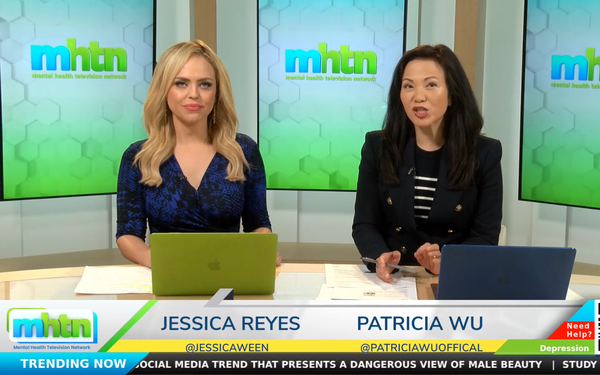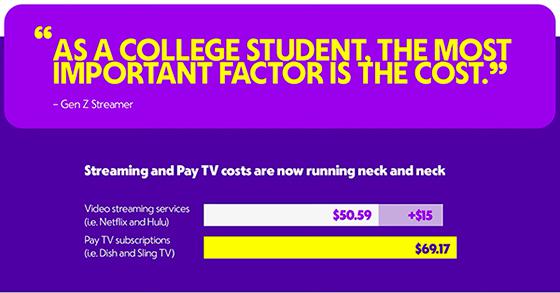As sales managers, are you considering an incentive program to drive more sales at your station? Here are what should be considered if and whence you do add a little bounce to y0ur sales team From Sales & Marketing Management, Philip Jay LeNoble, Ph.D.
Ingredients for a Successful Sales Incentive Program
Set Clear Objectives
The foundation of any successful sales incentive program lies in defining clear and measurable objectives. Begin by identifying your organization’s goals — increasing revenue, acquiring new customers or promoting specific products.
Ensure these objectives are communicated effectively to the sales team, fostering a sense of purpose and direction.
Know Your Audience
Understanding the dynamics and preferences of your sales team is crucial. Tailor the program to appeal to their interests and preferences, making it more likely for them to actively engage and strive towards the set targets.
Choose the Right Incentives
Monetary rewards are often powerful motivators, but remember to consider the impact of non-monetary rewards such as recognition, career advancement opportunities or experiential rewards like travel incentives.
Create a Transparent System
Clearly outline the criteria for earning incentives, whether based on individual achievements, team goals or overall company performance. A transparent system builds trust and ensures that sales professionals understand how their efforts contribute to the bigger picture.
Regularly Evaluate and Adjust
The business landscape is dynamic. What works today may be less effective tomorrow. Regularly evaluate the performance of your sales incentive program and be ready to make adjustments based on feedback and results.
Motivation That Supports
Creating a sales culture that motivates and supports begins with fostering an environment that values collaboration, continuous learning, and mutual success. While top performers and leaderboards can serve as motivational tools, they should not overshadow the importance of fostering a supportive culture. This means emphasizing teamwork over cutthroat competition and encouraging open communication, where feedback is constructive and shared transparently.
Recognizing and celebrating individual and team achievements regularly reinforces a sense of accomplishment and shared goals. While some level of competitiveness is acceptable, it should be manageable, as it can quickly undermine a positive team culture.
Offer Tiered Rewards
Different levels of achievement should correspond to varying degrees of rewards, allowing high-performing and average performers to feel the impact of their efforts. This ensures that everyone has a stake in the incentive program’s success.
Provide Training and Support
Equip your sales team with the necessary skills and knowledge to excel. A well-trained team is more likely to meet and exceed targets, making your incentive program more effective. Additionally, offer ongoing support and mentorship to help individuals overcome challenges and continuously improve their performance.

















